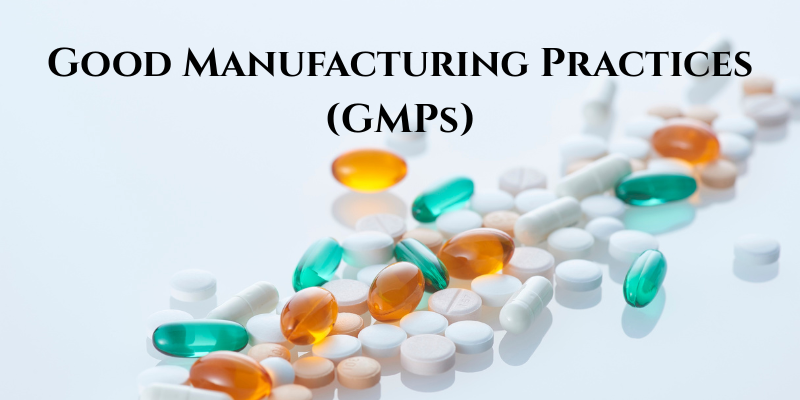Good Manufacturing Practices (GMPs)
GMPs are regulations developed by the FDA. GMPs are minimum requirements that the industry must meet when manufacturing, processing, packing, or holding human and veterinary drugs. These regulations, also known as cGMPs, establish criteria for personnel, facilities, and manufacturing processes to ensure that the finished drug product has the correct identity, strength, quality, and purity characteristics.
A. GMPs are described in the Code of Federal Regulations (CFRs), title 21, sections 210 and 211.
B. Drug product quality and drug product performance
1. Drug product quality relates to the biopharmaceutical and physicochemical properties of the drug substance and the drug product to the in vivo performance of the drug.
2. Drug product performance is the release of the API from the drug product, leading to bioavailability of the API and achieving a desired therapeutic response.
- The performance of each drug product must be consistent and predictable to assure both clinical efficacy and safety.
- Drug product attributes and performance are critical factors that influence product quality.
- Each component of the drug product and the method of manufacture contribute to quality.
C. Pharmaceutical development
1. Quality by Design (QbD) is a systematic, scientific, risk-based, holistic, and proactive approach to pharmaceutical development that begins with predefined objectives and emphasizes product and processes understanding and process control.
2. The drug product and manufacturing method must be designed and developed with quality and the desired final product in mind.
3. To achieve QbD objectives, product and process characteristics important to desired performance must be derived from a combination of prior knowledge and experimental assessment during product development.
4. Critical manufacturing attributes (CMAs) and critical process parameters (CPPs). A critical quality attribute is a physical, chemical, biological, or microbiological property or characteristic that needs to be controlled (directly or indirectly) to ensure product quality.
- The pharmaceutical manufacturer should identify critical manufacturing attributes (CMAs), CPPs, and sources of variability that ensures the quality of the finished dosage form.
- The critical quality attributes should be based on clinical relevance.
D. Quality control (QC) unit is the group within the manufacturer that is responsible for establishing process and product specifications.
1. Specifications are the criteria to which a drug product should conform to be considered having acceptable quality for its intended use.
2. The QC unit tests the product and verifies that the specifications are met. QC testing includes the acceptance or rejection of the incoming raw materials, packaging components, drug products, water system, and environmental conditions (e.g., heating, ventilation, air-conditioning, air quality, microbial load) that exist during the manufacturing process.
E. Quality assurance (QA) unit is the group within the manufacturer that determines that the systems and facilities are adequate and that the written procedures are followed to ensure that the finished drug product meets the applicable specifications for quality.
Related:



